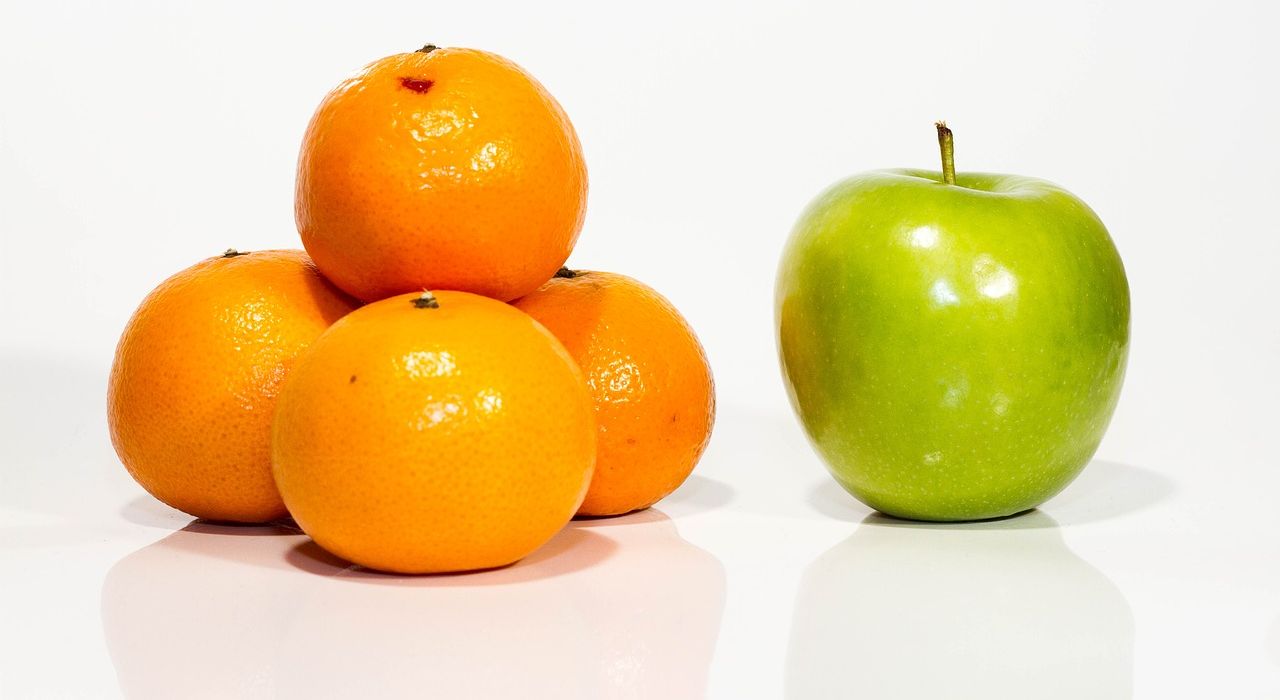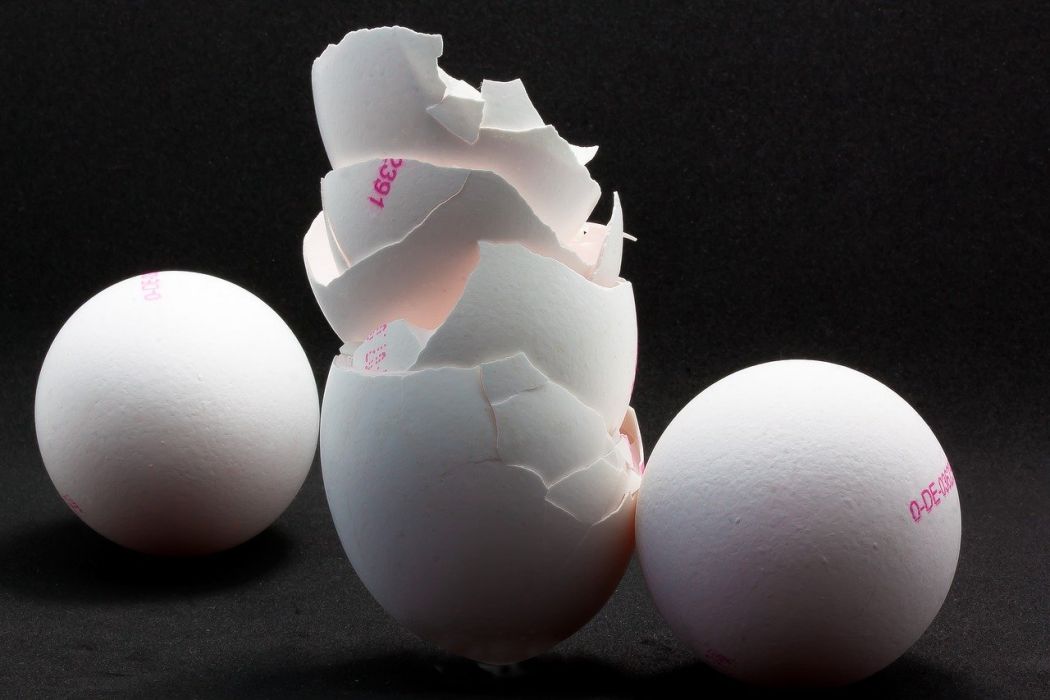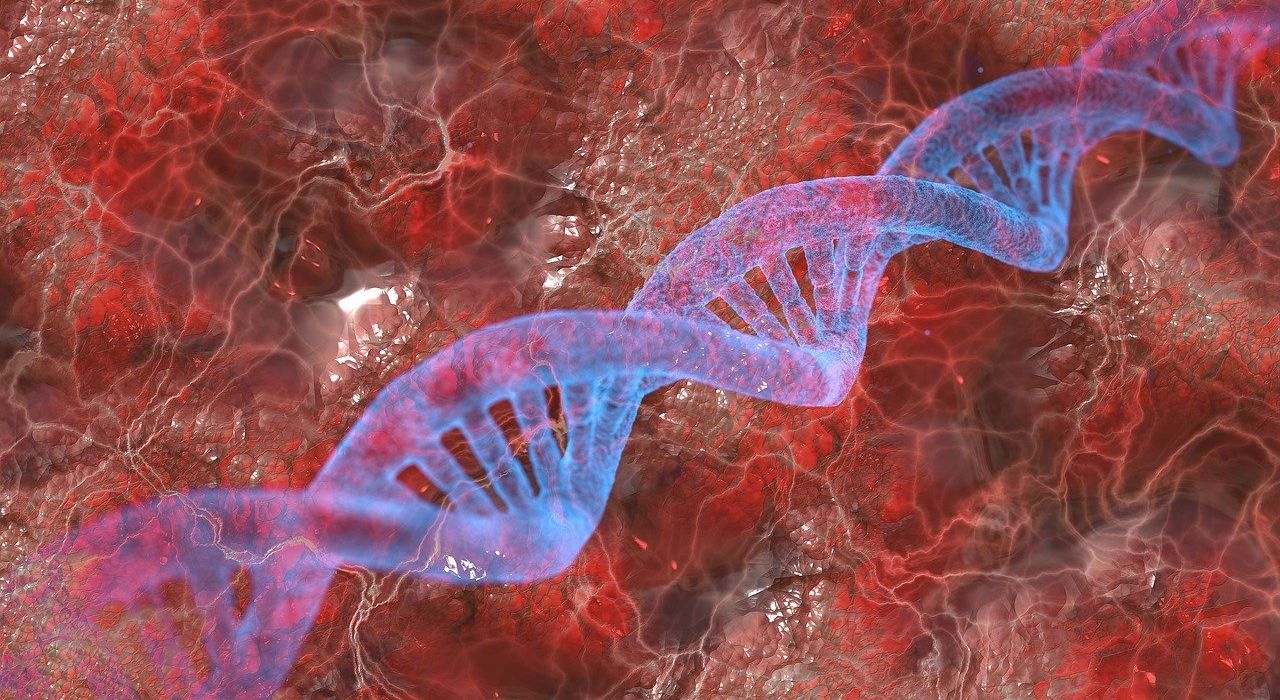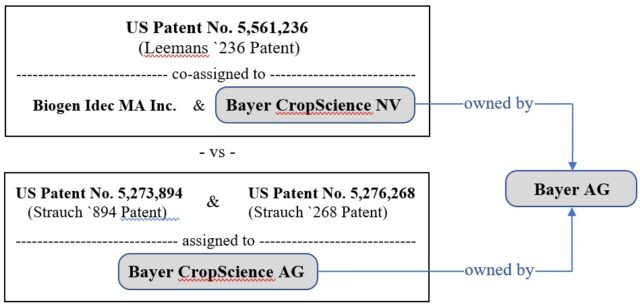On November 9, 2020, the Patent Trial and Appeal Board issued a decision in Ex parte Tramontano et al. (Appeal 2020-002413) in which a misplaced claim interpretation/35 U.S.C. 112 argument distracted the Board from finding clear error in the Examiner’s obviousness rejection.
In Tramontano Claim 25, relating to the formation of a gel at a tissue treatment site, was the representative claim:
25. A process for forming a gel comprising:
forming an oxidized cellulose solution;
forming a precipitating composition; and
contacting the oxidized cellulose solution and the precipitating composition at a tissue treatment site thereby precipitating oxidized cellulose from the oxidized cellulose solution and forming the gel.
As explained in the Tramontano specification, the claimed gel may be used as an adhesive to seal tissue and/or to provide for the delivery of bioactive agents ([0274]).
During prosecution, the Examiner concluded that it would have been obvious to a person of ordinary skill in the art to substitute the cellulose ether used as the polymer in the cross-linked gels taught by Gehrke, with oxidized cellulose as taught by Blaskovich, at a tissue treatment site, as taught by Hubbard. In their Appeal Brief Appellants argued, among other things, that none of the cited references disclosed their claimed “precipitating composition” and, in response to a statement made by the Examiner in the Advisory Action (“it is not clear what the precipitation composition ….comprises”) argued to the Board that the lack of a 35 U.S.C. 112 rejection meant that the claim term “precipitation composition” was definite. Appellants further provided the Board with a legal framework for determining the meaning of a claim term, and argued that the references did not disclose the use of a “precipitating composition” as properly understood under their framework.
In affirming the rejection the Board first felt “obliged to make several initial points,” constituting over four full pages of their nine page analysis, the first of which was to correct Appellants’ legal framework for determining the meaning of a claim term, and the second of which was to apply the correct standard and find that the Blaskovich reference did indeed disclose the use of a “precipitating composition.” In coming to this conclusion and affirming the rejection, the Board characterized Appellants’ arguments regarding definiteness as “largely irrelevant” in view of the acknowledged fact that no 35 U.S.C. 112, second paragraph, rejection was at issue.
In Tramontano, the Board was clearly distracted (and perhaps irritated) by Appellants’ unnecessary arguments regarding definiteness to the point that Appellants’ other, stronger, arguments were ignored. In this regard, one of the applied references, Hubbard, was cited as teaching the delivery of oxidized cellulose, in gel form, to a tissue site. However, while Appellants argued that the combined references failed to suggest contacting an oxidized cellulose solution and a precipitating composition at a tissue treatment site, thereby forming the gel at the treatment site as claimed, this argument was not specifically addressed by the Board. Instead, the Board emphasized the presence of a “precipitating composition” and “oxidized cellulose solution” in the Gehrke and Blaskovich references.
Takeaways: The Tramontano case illustrates the importance of leading with the best arguments and focusing the Appeal Brief on issues of clear error in the rejections of record. In addition, the Tramontano case provides us with a reminder to review claims for the presence of unnecessary steps, such as the “forming” steps in Claim 25 above. Such unnecessary steps can provide infringers with the possible defense of “divided infringement” if third parties perform certain steps within a claimed method.
25. (Amended) A process for forming a gel comprising:
forming an oxidized cellulose solution;
forming a precipitating composition; and
contacting the an oxidized cellulose solution and the a precipitating composition at a tissue treatment site thereby precipitating oxidized cellulose from the oxidized cellulose solution and forming the gel.
Judges: Prats, Katz, New











